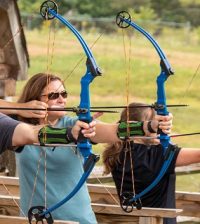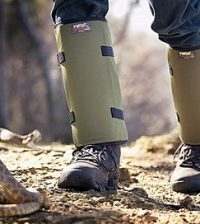A Guide to Buying an Outdoor Torchlight
A quality torchlight can be a lifesaver when nights become longer. Whether it’s due to a power cut, you’re planning an autumn hiking or camping trip, or are simply working outdoors, a portable source of light can keep your way illuminated when darkness falls and keep you going. When shopping for torchlights, getting a properly sized one is essential. A heavy, hefty torch is probably more powerful, yes, however, it’s best left in the garage at home for power outage emergencies. Lighter and more compact torches, on the other hand, are great for hiking, camping or for keeping in the car.
But the size is just the tip of the iceberg on the things you have to consider when buying a torchlight. Lighting output, type of bulb, ergonomics, materials it’s constructed from and even brand are all something you should consider before investing in a torchlight.

Personally, I use the F1 LED Lenser due to its compactness and power. It’s capable of producing 400 Lumens of illumination from a single CR123 battery. The F1 LED Lenser is also watertight, features 3 light functions, Smart Light Technology, and an intelligent micro-controller which optimises energy consumption. As is the case with most things in life, you get what you pay for, and the price of torchlights is reflected in their power, features and construction. That being said, you’ll come across many different types of torchlights similar to the LED Lenser at different price ranges.
As aforementioned, the lighting output, bulb type, ergonomics and materials the torchlight is constructed from are all things worth considering. The lighting output is generally measured in Lumens if the light bulb is LED, which most modern torchlights have. Depending on what you intend on using the torchlight for, your needs will vary. Generally, anything between the 100-500 range will be sufficient enough for most outdoor activities like hiking, camping, car repairs or just getting around the house during a power outage.
The ergonomics of the torchlight are important, especially if you’re going to be carrying it for extended periods of time. The torchlight should be light and offer a comfortable grip. The materials it’s constructed from can vary greatly. Most outdoor flashlights are made of tough materials like aluminium, or high-grade plastic. The choice comes down to user preference, although I personally give aluminium an edge due to its durability and impact, corrosion, rust and moisture resistant properties.










